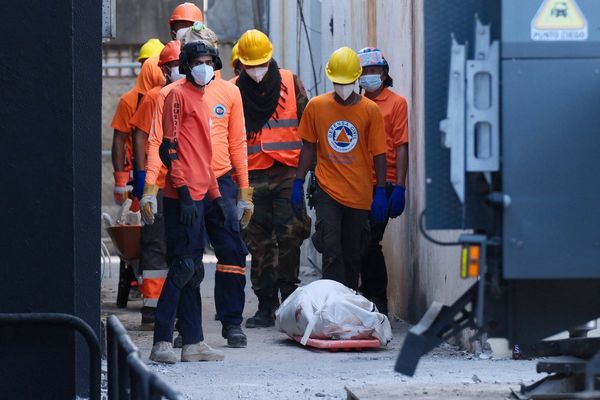
For Jean-Paul Sartre’s protagonist in Nausea, it was a stone on the beach that prompted overwhelming abhorrence at the nature of existence. For Rupert Thomson’s Phillip Notman, it is the beep of an electronic reader as it registers a travelcard. How to Make a Bomb (published as Dartmouth Park in the US), Thomson’s 14th novel, opens with Notman leaving an academic conference in Bergen, Norway. He is returning to London, where he lives with his wife Anya. Their son, Seth, has recently recovered from a suicide attempt and is now at university. On the Bergen tram, Notman feels that a “hand had wrapped itself around his brain, and it was squeezing”. Everything around him is suddenly “unbearable” because it is “artificial”.
At the conference, Notman met a Spanish sociology professor, Inés Vaquero de Ayala, younger than him and not a mother, who wears a red organza blouse at breakfast and whose lips make him wonder “what it would be like to kiss that mouth”. “Nothing had happened,” he reassures himself, but something has changed. He stays up late, sitting in the freezing garden of his comfortable north London home. He feels that the remedy for what he calls his “nausea” is to distance himself from the people he loves most. He buys a plane ticket to Spain, explaining to Anya: “I need to work something out.”
At this point, it is difficult to take Notman’s philosophical revelation as anything other than a cover story for his crushingly predictable slide into adultery. What he is seeking is not, as he believes, the truth about the world, but a fantasy of money without work and family without obligation. He meets up with Inés in Cádiz and they have a flirtatious few days of amontillado, cigarettes, “dark eyes” across the table, and failing to phone Anya. They go to a flamenco party, during which Notman is moved by the “deep song” of cante jondo, which he learns has roots in oppression. He and Inés (whose name means “chaste”) share a bed but, again, nothing happens.
Notman moves on from Spain to Crete, where he stays in an empty house that belongs to a British couple he has just met. Skewering Sartre’s earnest example, Thomson’s novel turns metaphysical inquiry into a picaresque. Notman has already tried, and failed, to find something “authentic” in infidelity and folk tradition. Now his search leads him to try homosocial company (the men of the local taverna are not forthcoming); religion (he tries to join a monastery – the monk laughs); and charity (back in London, he pays for a young homeless person to spend the night in a hotel). The further Notman moves away from the emotional centre of his life – the poignant relationship with his unhappy son in particular – the more difficult it is to care about him as a character.
Thomson is drawn to elusive narrators and moral grey areas. His remarkable range of subjects includes the policeman guarding Myra Hindley’s corpse in Death of a Murderer and a 17th‑century Sicilian sculptor in Secrecy. How to Make a Bomb is written without a single full stop or quotation mark. Instead of conventional punctuation, each new sentence begins on a new line. Both stark and slick, it’s a surprisingly unobtrusive subversion of prose form. Thomson is a skilful and deliberate writer – and it’s no accident that the text has the look, if not the feel, of a manifesto. Notman himself writes an angry screed he calls a “Notmanifesto”, a portmanteau inspired by his stay at a Travelodge. The Notmanifesto is a plausibly underwhelming collage of received ideas, revealing more about this middle-aged wealthy white man than he knows: he calls for a world where “No one would feel ‘overlooked’ or ‘left behind’”.
How to Make a Bomb is, at one level, a satire of existentialism, suggesting that Nausea may be an unconscious elegy for the fantasy of white male omnipotence, masquerading as philosophy. It is also a comic novel about radicalisation: a literary Four Lions for the age of the “incel”. Nothing in Notman’s profile would mark him out as a candidate for censure under the UK government’s notorious “Prevent” programme. He is a hapless and inoffensive family man, who for reasons he can’t really explain, wants to blow something up.
• How to Make a Bomb by Rupert Thomson is published by Bloomsbury (£20). To support the Guardian and the Observer buy a copy at guardianbookshop.com. Delivery charges may apply.







